Welsh miners, Basque child refugees (above), Tyneside shipbuilders, Paul Robeson: In the Shadow of Tyranny at the Scottish National Portrait Gallery (until 16 May) offers a compelling portrait of Britain in the mid-20th century, as seen by an émigrée communist Austrian Jew, who also happened to be a Soviet espionage operative.
Edith Tudor-Hart, who had fled her homeland in 1933 after marrying an English doctor, worked with spymaster Arnold Deutsch from 1926 onwards. As a photographer, her political sympathies were evident throughout her career, from early work documenting protest marches of ‘Red Vienna’ and its subsequent Nazification to representations of British inequality and deprivation.
These images of outrage and squalor are allied with fleeting critiques of bourgeois life. The juxtaposition of images for maximum effect was a common, if crude, technique in the satirical press of the 1930s and so a ridiculous pampered bulldog, preened and blow-dried in a gleaming parlour, is shown alongside a shot of the squalid confines of a Finsbury Park backyard where nine figures, mostly children, cram beneath crumbling walls and grimy washing.
Tudor-Hart worked in similar fields to Cartier Bresson and Capa, but her style lacks their visual genius. Where they created, she recorded. Her strength lies in the emotional connection she brought to the work, particularly when her lens pointed at children. Forget the spy stories, this was the true legacy of a genuine champion of the people.
Got something to add? Join the discussion and comment below.
Get 10 issues for just $10
Subscribe to The Spectator Australia today for the next 10 magazine issues, plus full online access, for just $10.

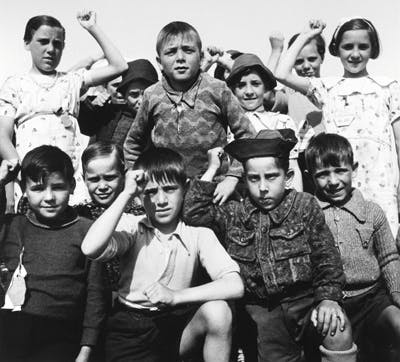
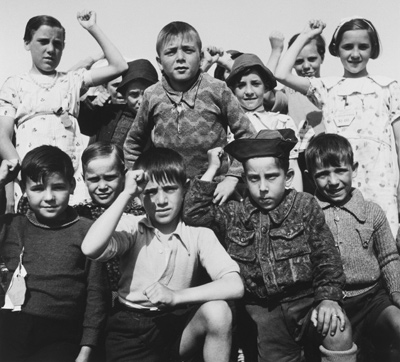
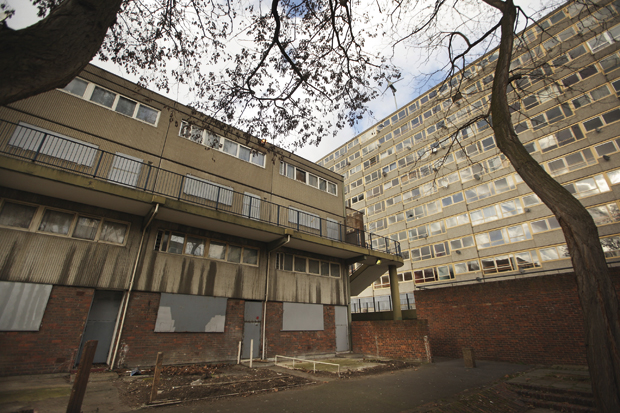
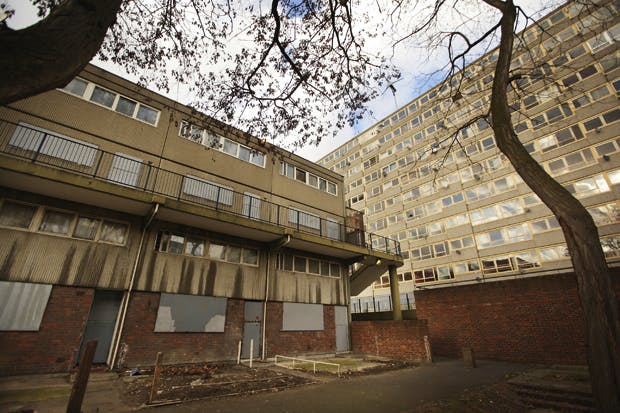
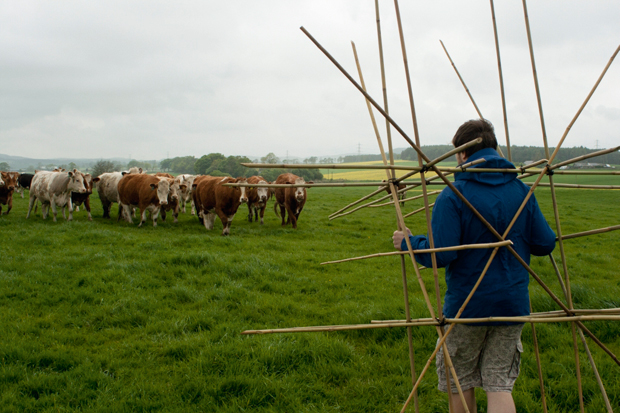
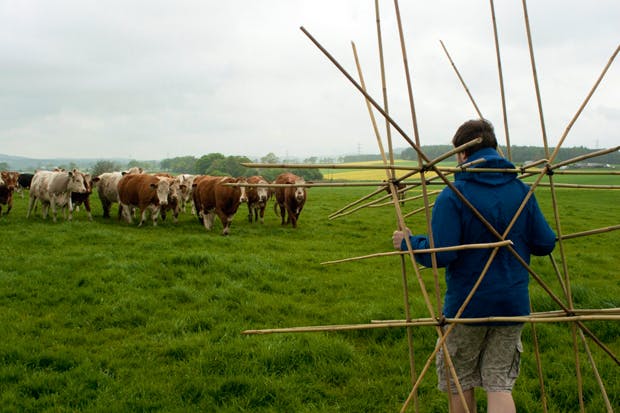
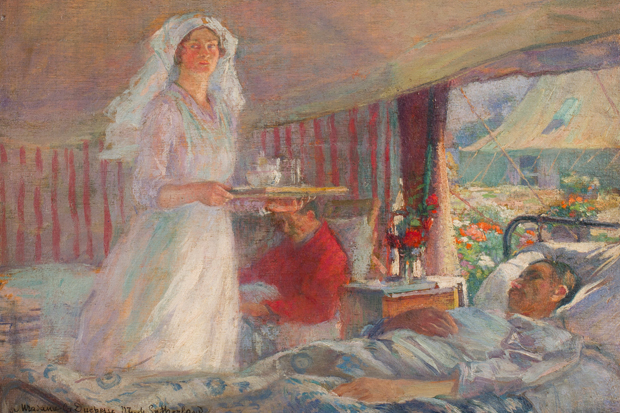






Comments
Don't miss out
Join the conversation with other Spectator Australia readers. Subscribe to leave a comment.
SUBSCRIBEAlready a subscriber? Log in